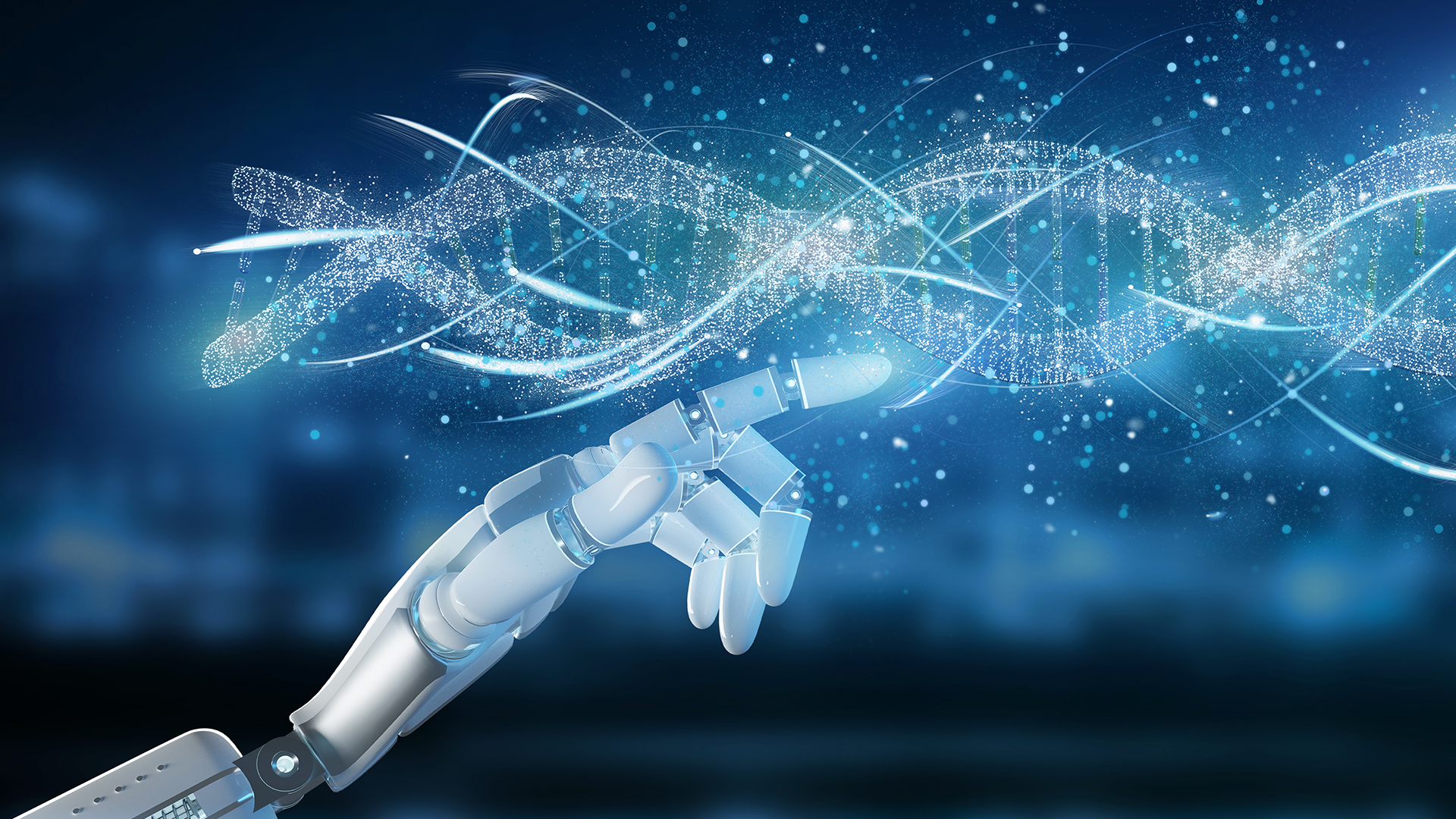13 new collaboration projects between WASP and DDLS have been approved. All of the projects address fundamental research problems overlapping the WASP and DDLS research areas.
Each of the approved projects is led by two researchers, one from WASP and one from the DDLS program, in order to harvest the full potential of multidisciplinary activities, such as conceptual, methodological and technological elements from both research areas. In total, 52 MSEK have been allocated to the call.
“I am extremely happy to see the high interest in collaboration between the areas. The problems addressed and the impact of their results will have a major positive impact for the society at large.”, says Danica Kragic, WASP Co-director for external relations.
Erik Kristiansson, member of the DDLS steering group, adds:
“The transformative potential of AI and other data-driven approaches in life science is immense. We therefore view the synergistic research carried out at the intersection of DDLS and WASP as fundamental to our success.”
During December 2022, the SciLifeLab & Wallenberg National Program for Data-Driven Life Science (DDLS) and the Wallenberg AI, Autonomous Systems and Software Program (WASP), launched their second joint collaborative project call. Similar to the first call, the aim is to bridge the gap between the two disciplines and create unique resources of competence and technical abilities, in order to solve ground-breaking research questions. The funding is part of the DDLS/WASP donation letters, in which the Knut and Alice Wallenberg foundation has earmarked funding for such collaborations.
Data, resources, and code generated by each project will be made publicly available in accordance with FAIR (Findable, Accessable, Interoperable, and Reuseable) principles, to keep contributing to a collaborative community.
Approved projects
AI-Driven Design of Cell Type-Specific Regulatory DNA for Next-generation Gene Therapies
Enric Llorens (KI/DDLS) and Aleksej Zelezniak (Chalmers/WASP)
AI-driven identification and harvesting of NK serial killer cells
Björn Önfelt (KTH/DDLS) and Mårten Björkman (KTH/WASP)
Deep-learning for lineage trees from LUSTRE data
Jonas Frisén (KI/DDLS) and Jens Lagergren (KTH/WASP)
Enabling proteoform biomarker discovery
Fredrik Levander (LU/DDLS) and Lukas Käll (KTH/WASP)
Enlightening biology: bridging time-resolved experiments in silico
Nanna List (KTH/DDLS) and Talha Bin Masood (LiU/WASP)
Hyperspectral Imaging and Machine Learning for Precision Skin Tumor Diagnostics
Malin Malmsjö (LU/DDLS) and Victor Olariu Ahnell (LU/WASP)
Machine-Learning how our Cells Capture Energy – Data-Driven Studies of Membrane Protein Function, Evolution, and Disease
Ville Kaila (SU/DDLS) and Simon Olsson (Chalmers/WASP)
Predicting chemotherapy sensitivity using graph neural networks based on deep mutational scanning
Volker Lauschke (KI/DDLS) and Ming Xiao (KTH/WASP)
Predicting glucose from peripheral nerve signals
Peder Olofsson (KI/DDLS) and Henrik Hult (KTH/WASP)
Predictive uncertainty estimation in deep learning-based cervical cancer screening at the point-of-care
Nina M Linder (UU/DDLS) and Claes Lundström (LiU/WASP)
Synthetic high-dimensional cohorts for studies of neurodegenerative diseases
Niklas Mattsson Carlgren (LU/DDLS) and Kalle Åström (LU/WASP)
Topological Data Analysis of Functional Genome to Find Covariation Signatures
Pelin Sahlén (KTH/DDLS) and Wojciech Chachólski (KTH/WASP)
Unraveling the secrets of nature’s high-performance fiber
Anna Rising (SLU/DDLS) and Hedvig Kjellström (KTH/WASP)
Published: June 19th, 2023
[addtoany]


